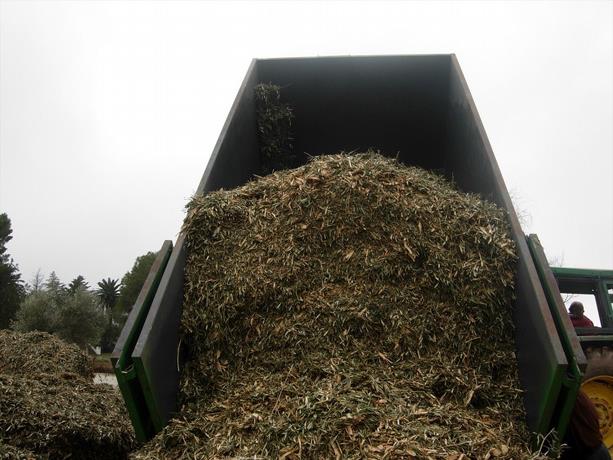Degradable plastic made from inedible plant parts developed

It is challenging, heat resistant, and a sound barrier against gases such as oxygen, making it a promising candidate for food packaging.
Scientists at the Federal Polytechnic School of Lausanne (EPFL) have developed a new PET-like plastic easily made from the inedible parts of plants.
It is tough, heat resistant, and a good barrier against gases such as oxygen, making it a promising candidate for food packaging, and in addition, due to its structure, it can also be chemically recycled and degraded to harmless sugars in the environment.
According to the authors, it is becoming increasingly clear that moving away from fossil fuels and avoiding the accumulation of plastics in the environment is essential to meet the challenge of climate change. In this regard, considerable efforts are being made to develop degradable or recyclable polymers from non-edible plant material, called “lignocellulosic biomass.”
They point out that producing competitive plastics based on biomass is not easy. However, there is a reason why conventional plastics are so widespread, as they combine low cost, thermal stability, mechanical strength, processability, and compatibility, characteristics that any alternative substitute for plastic must match or exceed, so until now, the task has been a challenge.
But now, scientists led by Professor Jeremy Luterbacher from EPFL’s School of Basic Sciences have successfully developed a plastic derived from biomass, similar to PET, that meets the criteria to replace several current plastics and, in addition, it is more environmentally friendly.
“Basically, we just have to ‘cook’ wood or other inedible plant material, such as agricultural waste, into cheap chemicals to produce the plastic precursor in one step,” Luterbacher explains. “By keeping the sugar structure intact Within the molecular structure of the plastic, the chemistry is much simpler than current alternatives.”
The technique builds on a discovery that Luterbacher and colleagues published in 2016, in which adding an aldehyde could stabilize specific fractions of plant material and prevent its destruction during extraction. By reusing this chemistry, the researchers could reconstruct a new bio-based valuable chemical as a precursor to plastic.
“Using a different aldehyde — glyoxylic acid instead of formaldehyde — we were able to simply attach ‘sticky’ groups to both sides of the sugar molecules, allowing them to act as plastic building blocks,” explains Lorenz Manker, the First author of the study — Using this simple technique, we can convert up to 25% by weight of agricultural waste, or 95% of purified sugar, into plastic.”
The comprehensive properties of these plastics could allow their use in applications ranging from packaging and textiles to medicine and electronics. For example, researchers have already made films for packaging, fibers that could be spun into clothing or other fabrics, and filaments for 3D printing.
“Plastic has fascinating properties, especially for applications like food packaging, ” Luterbacher said. “And what makes plastic unique is the presence of the intact sugar structure. This makes it incredibly easy to manufacture, because we don’t have to modify what nature gives us, and easy to degrade, because it can be returned to a molecule that is already abundant in nature.”


















Purified sugar should not be used for this. DR already has trouble with is sugar industry with the employment of underaged minors trafficked from the country next door and we don’t sugar prices to go up due to competition from making biodegradable plastics either.
Good idea and initiative but do not use consumable food staples in your process!